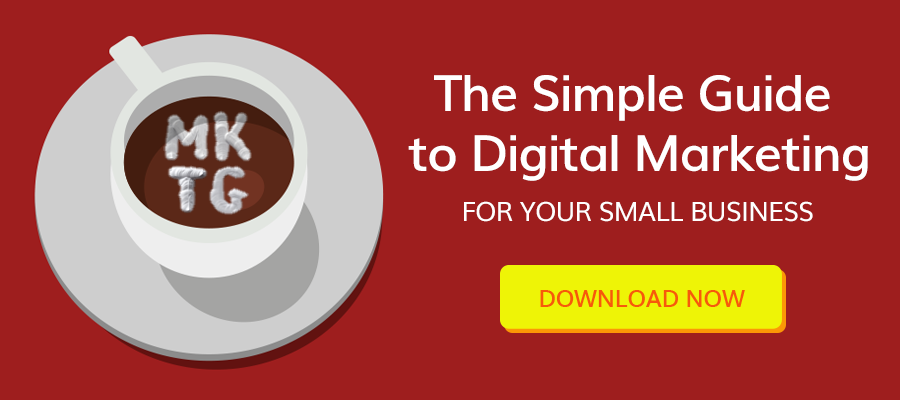When building a website, many things come to mind but design is often overlooked. The true essence of design is rarely utilized. The next time you pick a color, consider how it can convey a message. How can you use colors to identify differences? What if your paid products are colored black and free products colored white? What if you arrange the pricing module horizontally as opposed to vertically? These are all small but crucial design elements which effect the way a visitor sees your product, company, and ultimately, your brand.
Creating a website is already time consuming enough, let alone the need to process how your customers think when they enter your website and where they might end up. But it is very important. An efficient website design can capture a higher percentage of visitors (into leads). Instead of focusing on sheer numbers, you can spend less resources but retain a higher number of visitors as paying customers. The best customer is always the loyal one. A repeat sale is less costly than getting a new sale. Same situation applies when creating a website to capture visitors. That’s why it’s no surprise that the top websites across any industry will utilize leading user interface and user experience design.
These are two terms that are key to website design: user interface design (UI) and user experience design (UX). Think of experience design as the science and thought process behind how users interact with your website and the interface design as how you can take those ideas and convey them in the design.
What is user experience design?
User experience is how a visitor interacts with your website. The goal is to understand how users interact with your site. How do they journey from initial website entry to a purchase? Where can they leave reviews? Will they want to leave a review? These are all questions that the user experience team will want to ask themselves (and find out the answer to) when planning, creating or updating a site. It gets even more complex than that, designers need to plan out a map for the home page menu. Where will a visitor want to go after reaching the home page? What is the most important thing for visitors to read after learning about your product… Reviews? Pricing? Testimonials? About the company? Demo videos? Every aspect of the website should flow logically to provide the best experience.
What is user interface design?
By understanding user experience, you can design your website’s look and feel so that visitors can easily interact and reach a site’s objective. User interface designers are responsible for the website aesthetic; images, sliders, buttons, colors, text sizing, font, layout, spread, animations, etc. They work closely with the experience designers to determine what a visitor will want and providing that for them in the form of design.
Therefore, the UX designer determines how the website interface will work while the UI designer creates the look. Undoubtedly, the two go hand in hand.
How to make it easier for your visitors
Let’s look at some simple tips for your website. Keep in mind, every website/company has a different audience and may have a different thought process. For example, younger audiences may go right to pricing after visiting a home page, but older audiences might want to look at some reviews first. You need to understand your audience through research and then provide a way to view either reviews or pricing. This is just a rough example. Your audience is not limited to age, but also things like location, gender, price-consciousness, etc.
The design of your website should have a logical progression. A logical progression depends on your audience. Are the most important pages displayed near the top level of your website such as your menu? Typically, these are sections like About Us or Pricing or Products. These are high level pages that you want your users to have easy access to. Do you have a search bar for users to find information you might not have readily available?
The future of website design
Most small businesses have an online presence in 2019, but to stay ahead of the competition, you will have to go above and beyond. The landscape is every changing, but mobile is the future. As mobile technology reaches desktop speeds and usability, people will continue to do more on mobile whether that is talking, researching, buying, or texting. In fact, Google has stated that they will be determining the authority of most websites through their mobile version. This began in 2018.
How can you tell if your mobile website is optimized? Get your phone and check your site. Is it easy to navigate? Can potential customers make a purchase? Can they learn more about your company? Will they be able to determine your hours of operation? These are all questions you need to ask yourself if you want to compete in the digital world in 2019.
Hotjar is a tool which can track and record how visitors interact with your website through forms, heat maps, and more. There are many similar tools out there. This may be a good start for you.
The importance of mobile optimization can’t be stressed enough. Determine your site’s rating with Google’s Mobile Friendly Test.
Interested in learning more about digital marketing and other tips and tricks you can use for your website? Download our Simple Guide to Digital Marketing:

Related Reading:
The Ultimate List of Small Business Resources for Small Business Owners